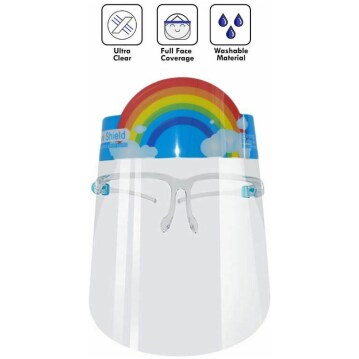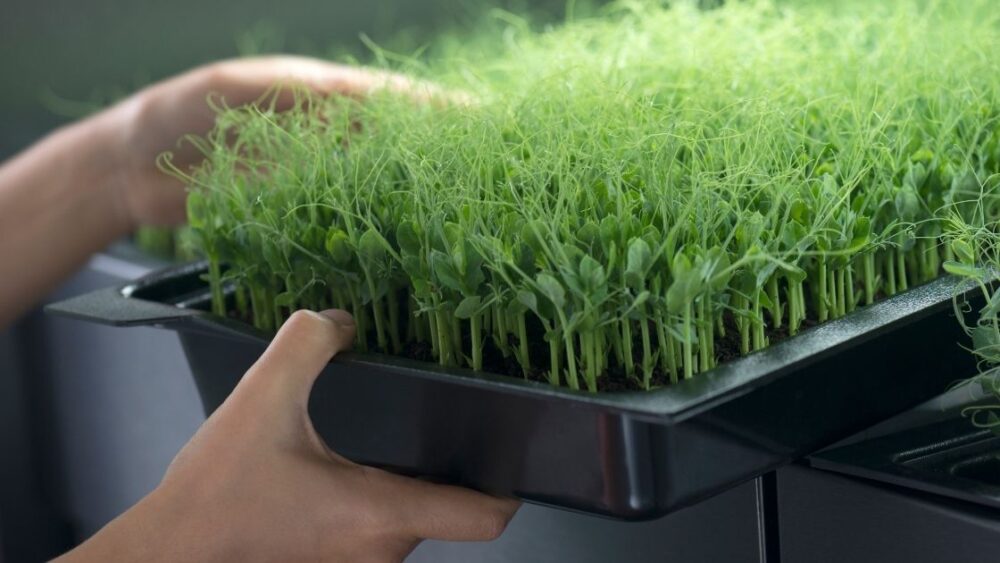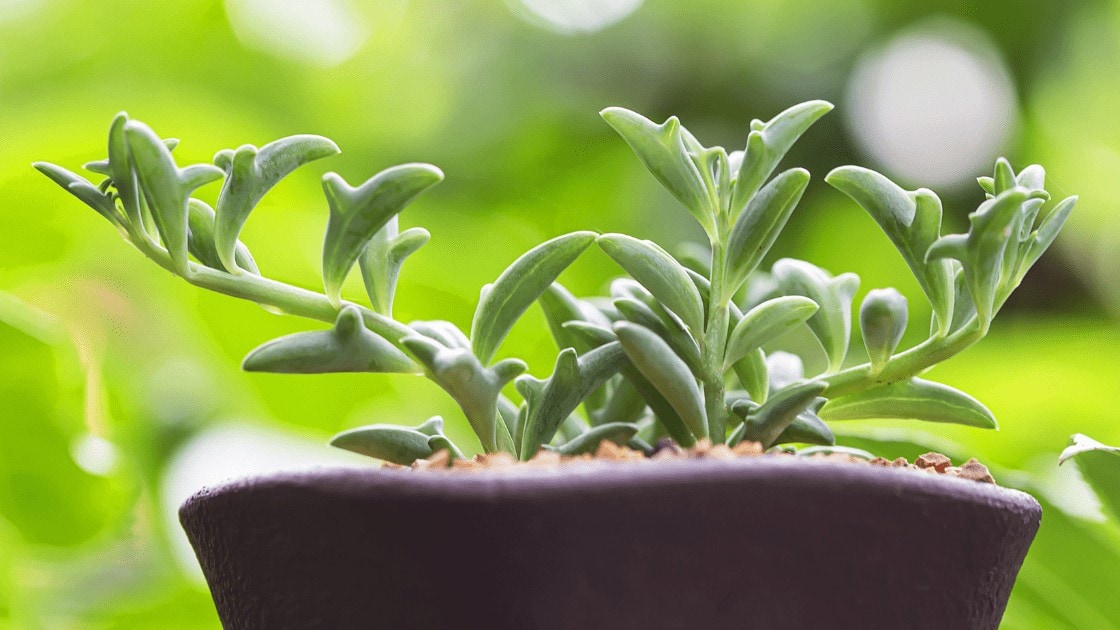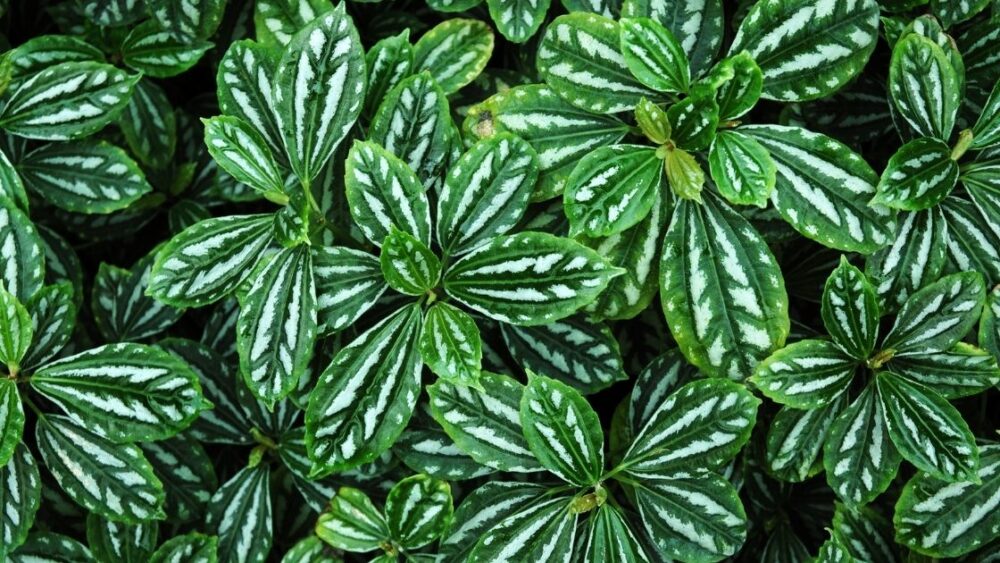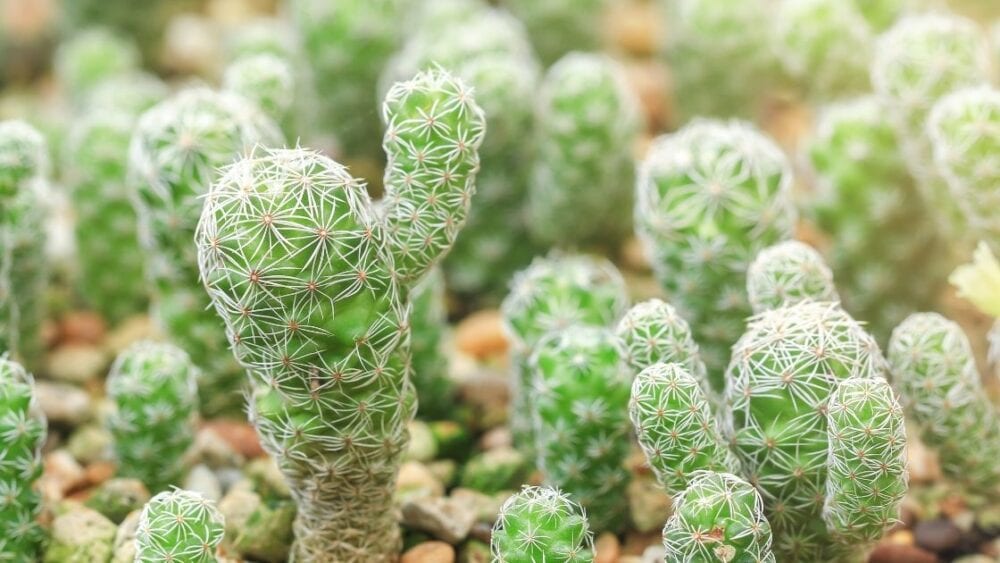
The thimble cactus (Mammillaria gracilis, var. fragilis) is a favorite among succulent growers – it has a compact, clump-like growth pattern and is very easy to care for and propagate. The ‘fragilis’ variety contains several different cultivars, which are very similar to each other. They include the Mammillaria ‘Arizona Snowcap‘, which is also sometimes simply labeled as a ‘Thimble cactus’. Despite this taxonomic confusion, all the different succulents in this species category look very similar and have identical growth requirements.
Characteristics and General Growth Requirements of the Thimble Cactus
This cactus comes from Central Mexico and has similar characteristics and growth requirements to all other Mexican succulents. In its natural environment, it encounters low nighttime temperatures of around 55F (13C), even during the summer.
In plants performing CAM photosynthesis (which is the case with this cactus), this nighttime temperature dip increases the CO2 uptake and the photosynthetic rate during the day, which leads to faster growth.
Browse our Affiliate Products
In indoor conditions, this nighttime temperature drop is difficult to recreate, but it’s not a prerequisite for survival – your Thimble cactus will be happy at almost any temperature, even though its growth will be a bit slower.
During the day, this cactus likes warm temperatures of around 82F (28C). When the day temperatures drop below 65F (20C) and the nighttime temperature starts dipping below around 50F (10C), this cactus will grow extremely slowly and will enter something resembling winter dormancy. It’s not completely clear whether this dormancy period is required in order to induce blooming during the spring and summer.
Thimble Cactus Care – A Detailed Overview
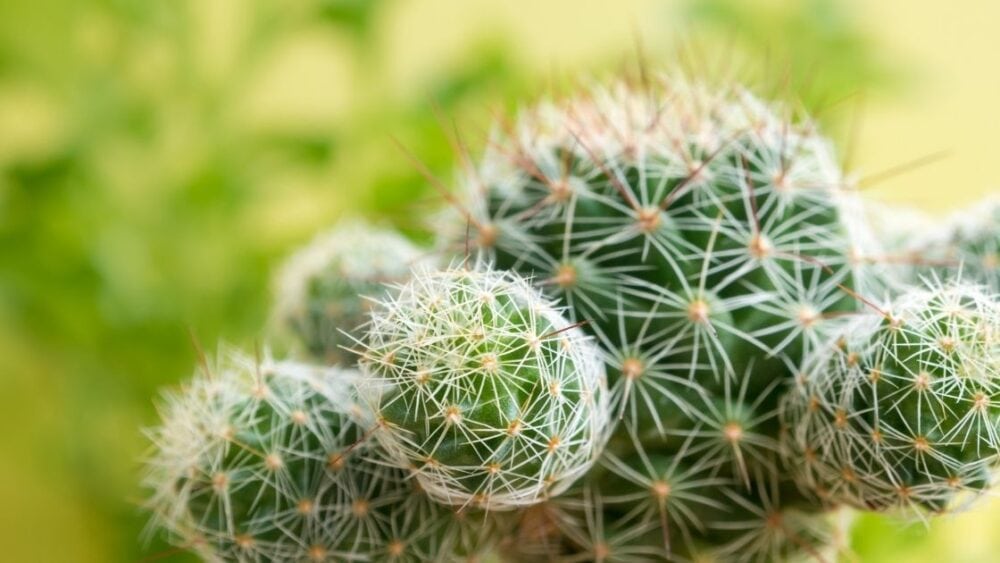
Now let’s go over the growth requirements of this cactus in more detail. As you’ll see, it has very similar requirements to all other succulents and loves direct sunlight, an airy soil and infrequent watering.
Growth rate and maximum size
The thimble cactus has a relatively fast growth rate for a succulent – in a month, it can start putting out a new bulb and in one growing season several new mature bulbs can emerge and form.
This succulent has a maximum size of around 4 x 4 inches and grows in a ball-like pattern, with the horizontal spread being comparable to the height. In optimal conditions, a single rooted bulb cutting can take over the surface of the pot in less than 2 years.
Indoor vs. outdoor growing
This cactus can survive outdoors year-round if your climate doesn’t experience any sub-freezing temperatures (zones 10 and above). Otherwise, it does well outdoors during the summer and indoors during the winter. A windowsill with at least 4 hours of direct sunlight per day is a good place for year-round growth.
Sunlight requirements
Like other succulents, this one is not very efficient at capturing sunlight, due to its CAM-type photosynthesis (crassulacean acid metabolism).
In the absence of direct sunlight, it can survive for a long time (sometimes indefinitely if the intensity is still high), but will not grow, nor flower. On windowsills with limited sunlight, back light reflectors made out of aluminum foil or simple white paper can greatly increase the growth rate. Small,10-watt LED grow bulbs can also be very suitable for this compact cactus.
What type of soil works best?
This cactus doesn’t have special soil requirements and general purpose cactus potting mixes work well. Because of its shape, a large portion of the cactus body is always in contact with the soil – if the surface is constantly wet, rotting problems are almost inevitable.
For that reason, a thin soil covering that is 100% inorganic and non-wicking (coarse gravel for example) can prevent a lot of rotting issues and fungal infestations.
For more information on soil, check out this article. What Are The BEST Potting Soils for Every Type of Plant?
Feeding requirements and schedule
Annual fertilization with a regular-strength cactus fertilizer is the safest approach.
More frequent fertilization will increase the growth rate (but only in the presence of plenty of direct sunlight), but will also increase the risk of root damage and salt buildup.
Ideal watering frequency and amount
It’s best to let this cactus wilt and shrivel up a tiny bit before watering, in order to determine the ideal watering frequency.
Water as infrequently as possible, but don’t let severe symptoms of dehydration develop. During the winter, almost no water is required, especially for larger pots.
Is repotting necessary?
This is a small succulent that usually doesn’t require repotting.
When it gets too big, breaking off some of the bulbs for propagation in a separate pot is preferable to repotting.
Blooming time and post-flowering care

When given plenty of direct sunlight and planted in a suitable soil, this cactus will put out many small flowers. The blooming season varies depending on your growing conditions and can be anywhere from spring to autumn, sometimes even during the winter.
Pinching off the flowers to help the cactus save energy is not recommended for this species. Once the flowers shrivel up, you can remove them, unless you want to obtain seeds. Like other species of Mammillaria, the seed pods of this one resembles tiny, elongated fruits.
Common Problems and Solutions
Most of the problems with this cactus are due to overwatering, wetting the bulbs too much and lack of sunlight. Here is a quick list of common issues:
For other types of Cacti care, check out our other article here: Cactus Category
Insects
Those are easy to spot, as this cactus is small. Diluted rubbing alcohol sprays do wonders against such infestations. Another solution is to sprinkle finely powdered diatomaceous earth all around the cactus body – be careful not to inhale the dust. This powder sticks to the bodies of the insects and dehydrates them, killing them after several days.
Spots, rotting issues and discoloration
Those are almost always due to overwatering, too high humidity or compacted soil. Letting the cactus dry up a bit and watering carefully to avoid wetting the bulbs usually stops the problem from progressing.
Light deficiency symptoms
Light deficiency prevents any growth in this cactus, but can also cause it to lose its bright green coloring. It also makes the cactus much more susceptible to insect pests and rotting problems. This is mainly due to the lack of energy, which prevents the cactus from forming its protective silica coating around the cells of the outer layer.
Shriveling and dehydration
This can be due to lack of water, but it can also be due to overwatering and stem or root rot. If you suspect rotting problems, repotting in a more airy soil may be necessary.
For more information on a cactus that is similar, check out this article. Why Is My Opuntia Snow Cactus Drooping? (Causes and Solutions)
Sunburn
Succulents are known for thriving in hot, direct sunlight, but if your thimble cactus has been sitting on a windowsill with indirect sunlight or under artificial lighting for a long time, it may have lost its UV-protective molecules.
If it’s suddenly placed outdoors, spots can develop. The issue usually disappears on its own, but some of the spotting may be permanent.
Final Thoughts
The thimble cactus is an easy to care for, compact succulent with relatively fast growth. It has identical growth requirements to all other Mexican succulents. It’s best to focus on the basics and make sure its main requirements are met.
Those include plenty of direct sunlight, infrequent watering and an airy, sandy soil. As long as you keep an eye out for symptoms of dehydration, avoid overwatering and spot bug infestations early, you are unlikely to run into big problems with this cactus.

